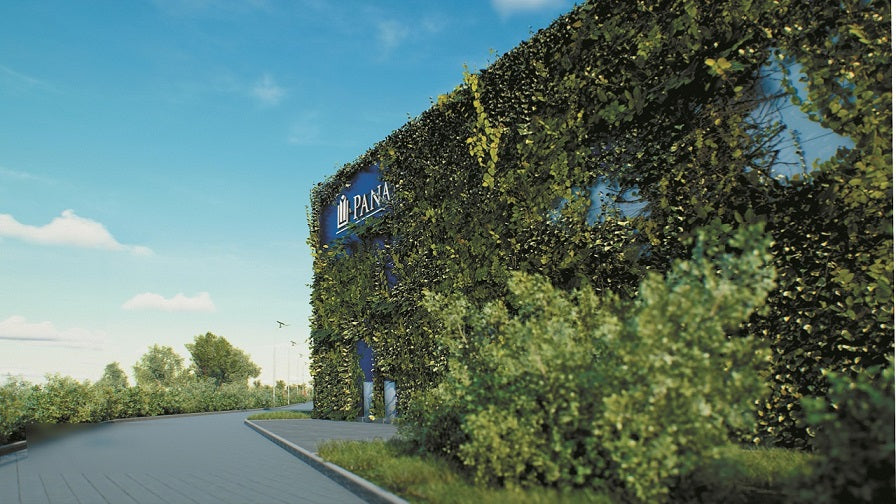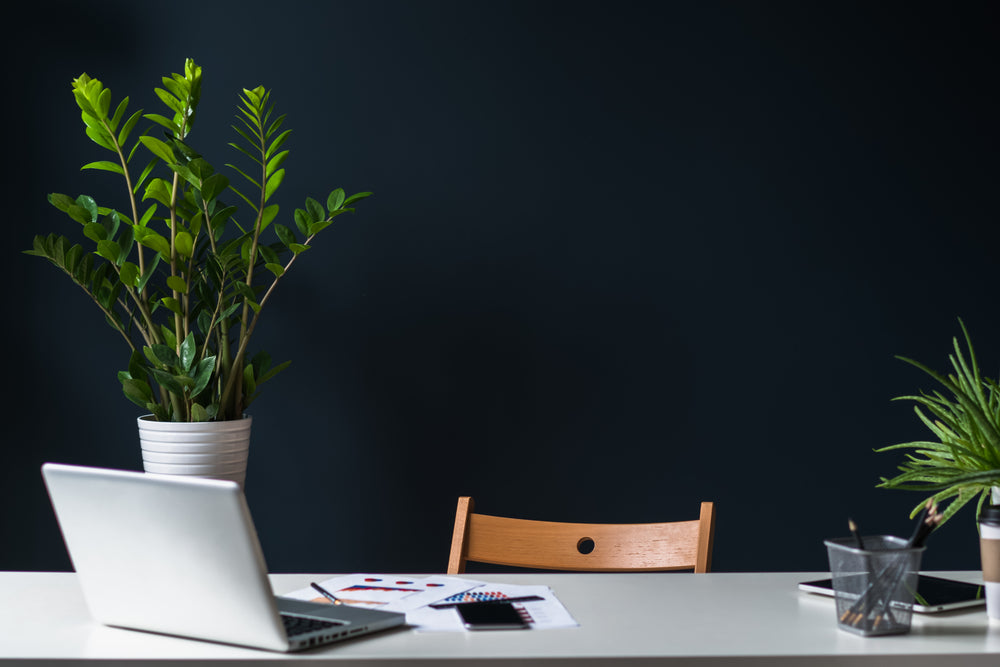
How to Create a Sustainable Workplace for the Future – An Office Crowd Guide
Are you looking to make your office a more sustainable place? There are many ways to create a sustainable workplace, from replacing outdated equipment and modernizing amenities to implementing green practices that benefit both the environment and your bottom line.
This guide will provide tips on how to transform your office into an eco-friendly workspace that contributes positively to our future. From energy efficiency improvements, waste reduction programs, and beyond, learn how to give back while also helping keep costs down–it's easier than you think!
There are new standards such as WELL Building Standard that prioritize the holistic well-being of building occupants, and blend together with other certifications such as BREEAM and LEED.
This blog post looks at how businesses can create sustainable workplaces through design.
Designing a Sustainable Workplace
Design choices have a huge impact on sustainability in the workplace. Companies should focus on using materials with high recycled content, upcycling furniture where possible and optimizing natural light usage to reduce energy consumption.
In terms of furniture selection, companies should consider opting for ergonomic designs that promote comfort and productivity while also being environmentally friendly. Our favourite ergonomic chairs are possibly the Mira Chair by Herman Miller, or just hop back over to our office chair section here on The Office Crowd for some other great office chairs.
For example, many office chairs are made from recycled materials or contain polyester fabrics which can be recycled after use.
Our CEO at The Office Crowd always famously says, "The most sustainably made office chair, is still not sustainable if it ends up in landfill." So you can have the best office chair, with the best back story, but unless you maintain it, and keep it in the Circular Economy, it all ends up in the trash.
When it comes to construction material selection, companies should look for products that meet both performance requirements but also adhere to environmental standards.
Some common materials include bamboo flooring which is an eco-friendly alternative to traditional hardwood flooring; low VOC paints which do not release toxic chemicals into the air; and renewable insulation materials such as sheep’s wool or cellulose insulation which are more efficient than traditional synthetic insulation products.
Here in Scotland, where we are home based, we can see sheep grazing on the hills outside of our warehouses. It is good to see our industry going back to using this renewable material.
Companies should also opt for LED lighting systems wherever possible as they are far more energy efficient than traditional fluorescent bulbs.
In terms of outdoor areas, companies should focus on creating green spaces that promote biodiversity and natural habitats; this not only helps the environment but can improve employee morale too!
Businesses could consider creating rooftop gardens or terraces with native plants or installing green walls in their buildings – these features add visual interest and help bring nature into an urban environment whilst providing much needed habitat for local wildlife species.
Additionally, businesses could install rainwater harvesting systems so that storm water runoff can be collected for irrigation purposes; this helps reduce water consumption in buildings by up to 70%.
Finally, businesses should consider introducing green initiatives such as waste reduction programs or carbon offsetting schemes to further demonstrate their commitment towards sustainability. These initiatives could include anything from encouraging employees to recycle more efficiently or finding ways to reduce unnecessary energy usage around the office.
Creating sustainable workplaces doesn’t need to be complicated or costly
Instead businesses just need to be mindful of their actions so they can make informed decisions when it comes to designing sustainable workspaces for their employees.
By focusing on reducing energy consumption through design choices, selecting eco-friendly construction materials, installing rainwater harvesting systems and encouraging employees to participate in green initiatives – businesses can create a healthier work environment that is better for both people and planet alike!
This blog post has explored some key considerations when championing the sustainable workplace - there are plenty more out there waiting to be discovered! We would love to help you make your work from home office, or your office set up at work more sustainable.
We have some great second hand Herman Miller and Knoll products. We have a whole collection of refurbished classic office chairs that offer great back support to keep you in good posture.



